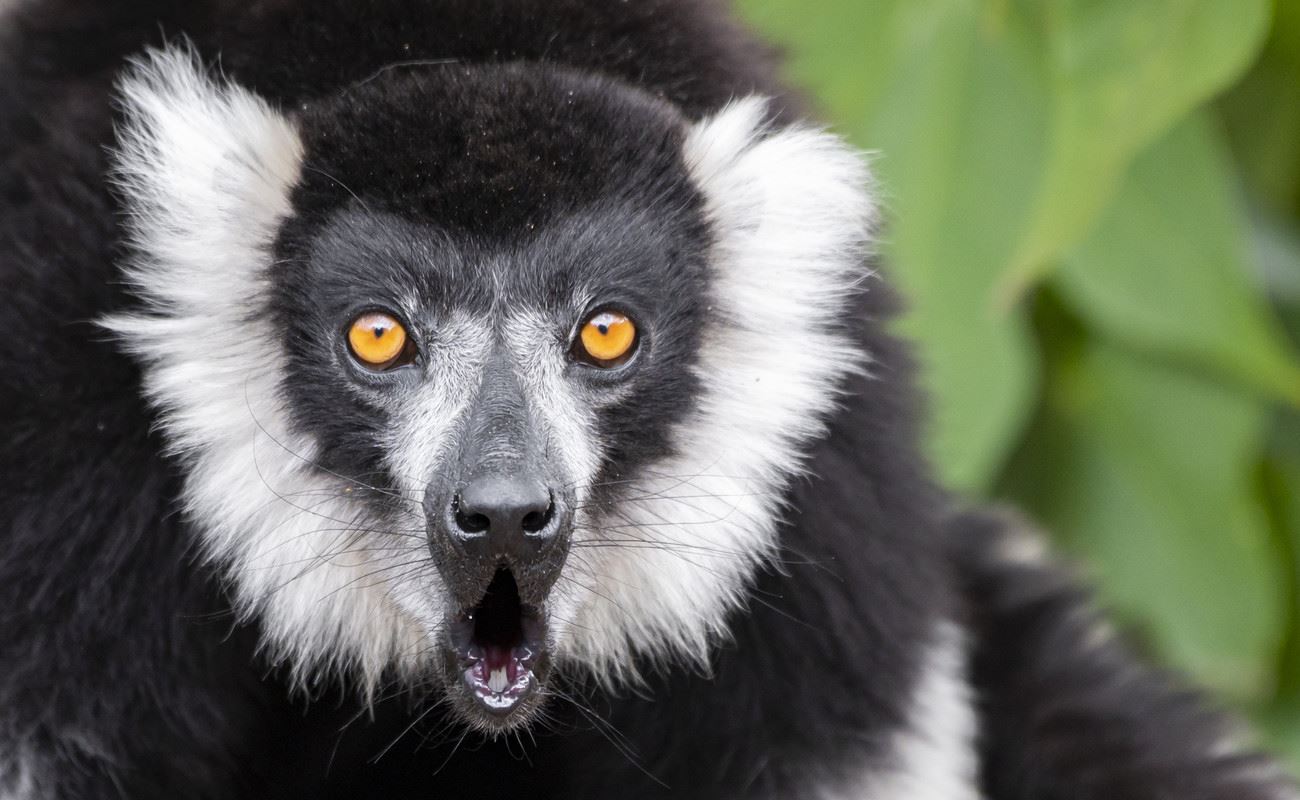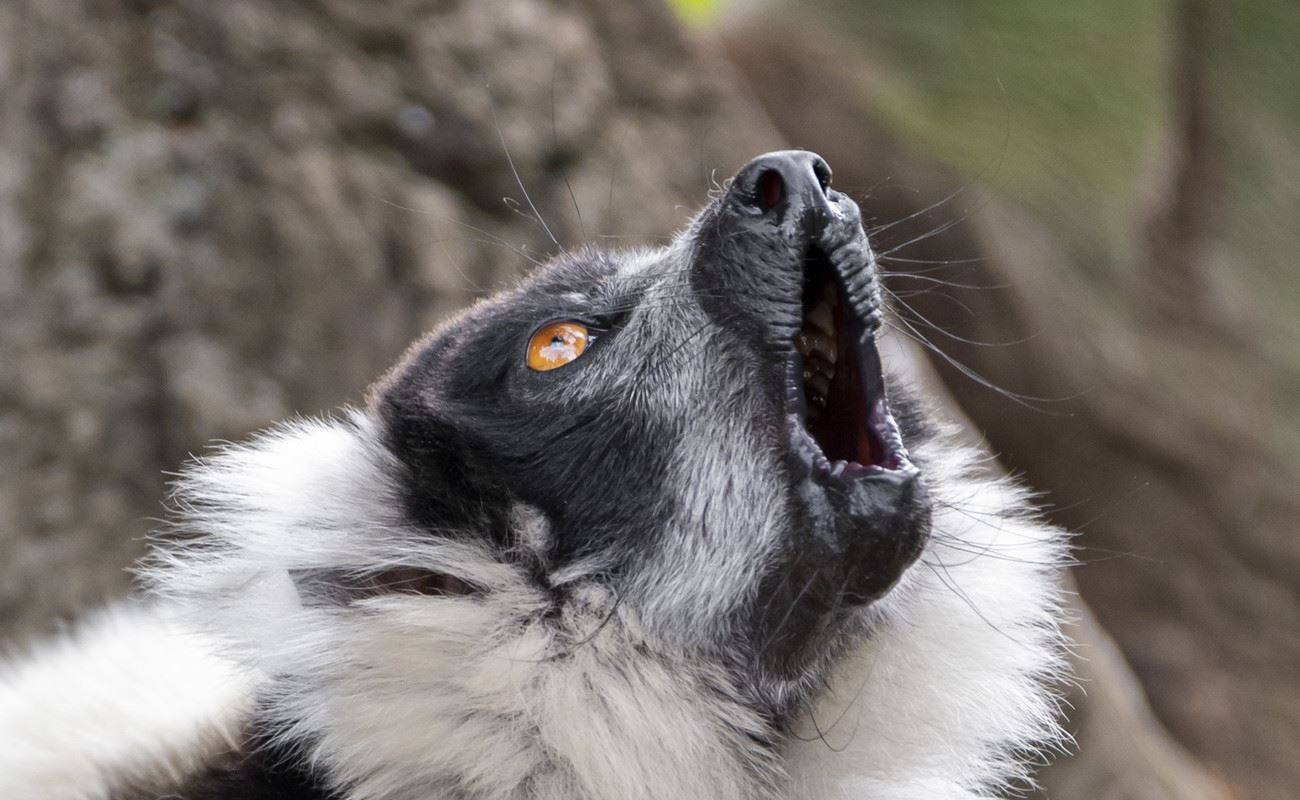Newest Melbourne Zoo Lemurs Find Their Voice
Melbourne Zoo's newest, rarest – and noisiest - residents have been showing off their impressive range of vocalisations.
Ruffed Lemur sisters Mari and Setra arrived at the Zoo late last year and have become one of the louder contributors
to the Zoo's soundscape since moving into their habitat next to Lemur Island.
Melbourne Zoo Primates Keeper Lauren Corcoran said the critically-endangered Black-and-white Ruffed Lemur species
has more than a dozen different calls, and each sound has a specific purpose.
"As you walk around the Zoo, you might hear our Ruffed Lemur girls vocalising," Ms Corcoran said. "They have got a
really unique repertoire of vocalisations."

Setra is only one year old and Mari is two, but Ms Corcoran says the sisters have already developed the wide range of
calls typical of their species.
"Generally, it is an alarm call that you might hear in response to an overhead bird of prey of some sort. Or it could be
a contact call, just making sure that they know where the other one is.
"They have over 12 different types of vocalisations. And they are called anything from a roar, or a shriek, or squawk
or a wail. They have even got a little meow that they can do. So the vocalisation repertoire is really huge."
Ms Corcoran said the Ruffed Lemur species is not as well-known as the Zoo's more familiar (and quieter) Ring-tailed
Lemur troop, and the Ruffed Lemur sisters’ calling has prompted a lot of questions from interested Zoo visitors.
"They are loud because in the wild those sounds would need to travel for kilometres in order to reach any members
of that troop.

"In the wild an alarm call would alert the other members of the troop that there is a predator. Interestingly, they have
a different alarm call for avian or air predators than for ground predators in the wild. And they will have different
sounds depending on where, or how close, that threat is."
Back-and-white Ruffed Lemurs are classified as critically endangered in the wild by the International Union for
Conservation of Nature (IUCN). Wild Lemurs are threatened by habitat loss across their forest homes on the island of
Madagascar.
